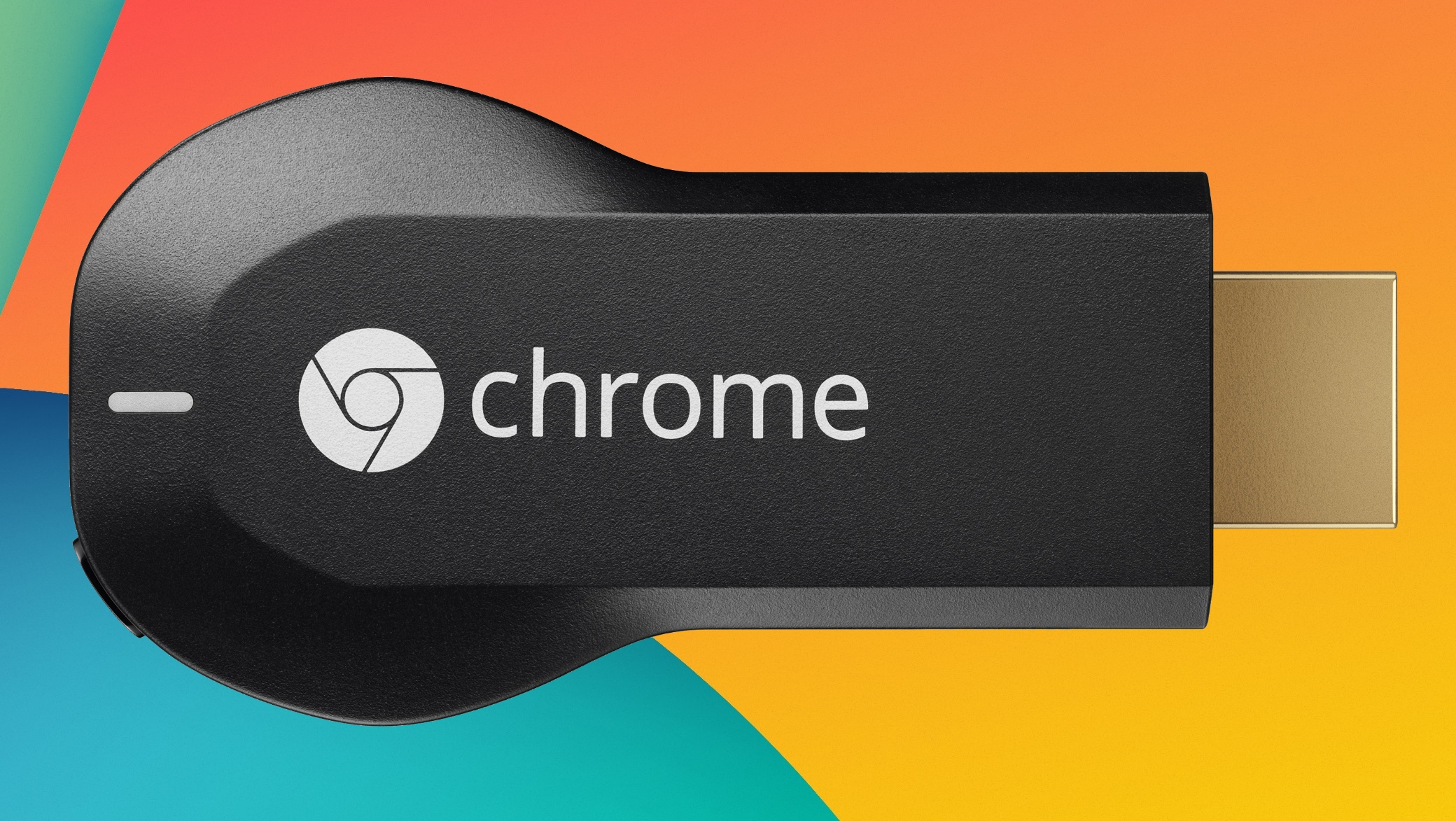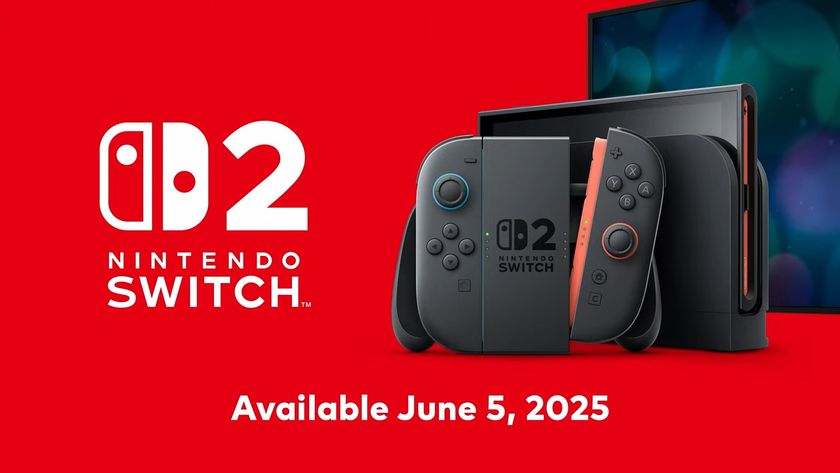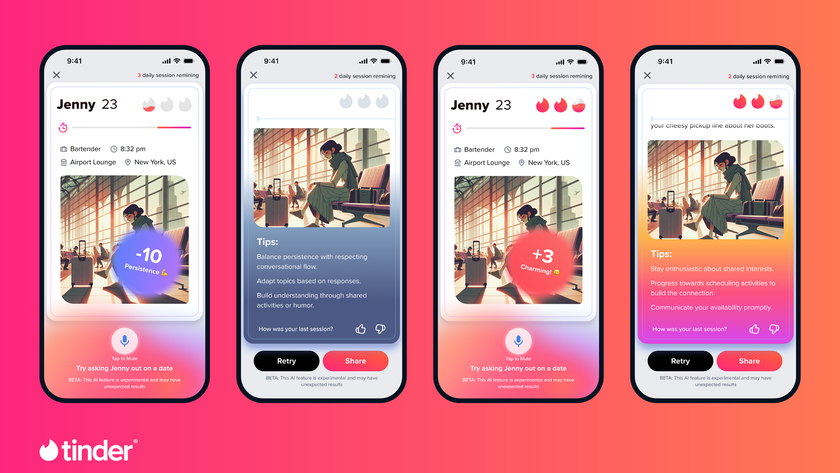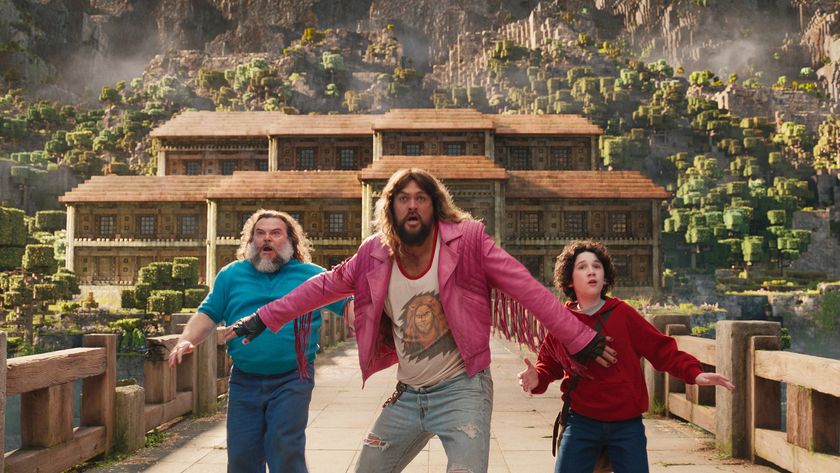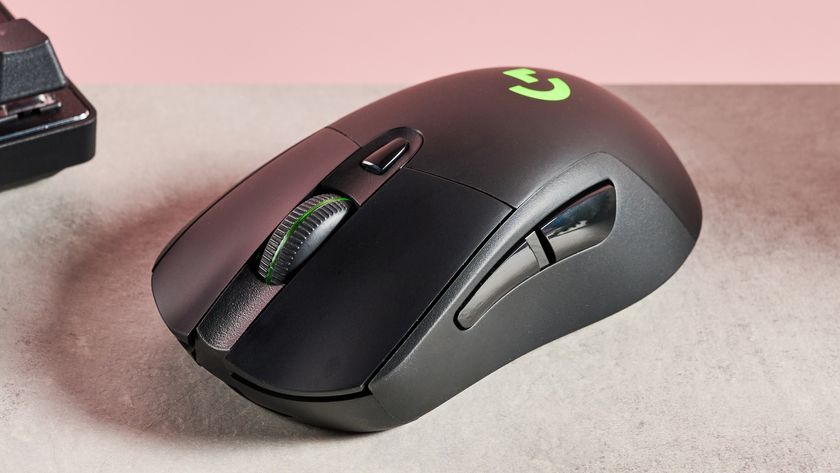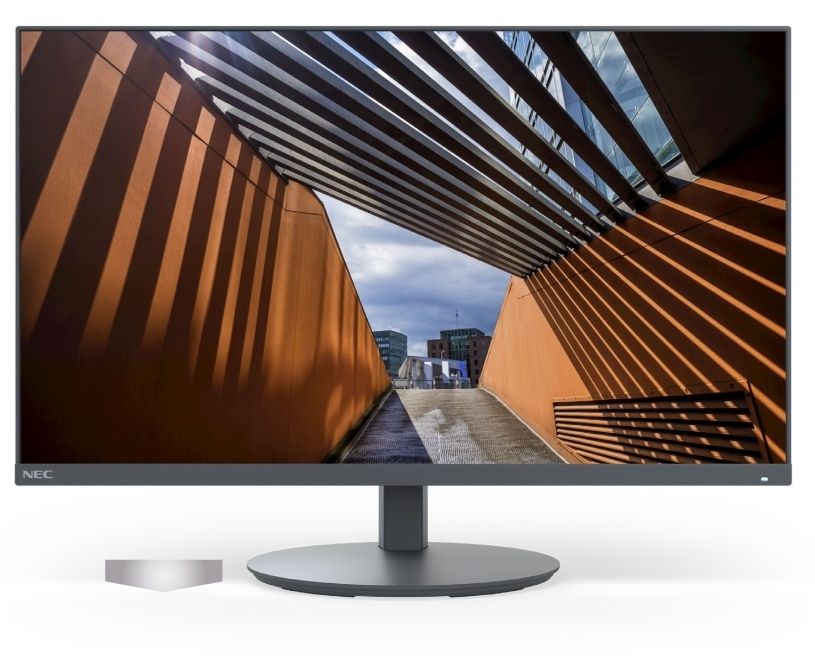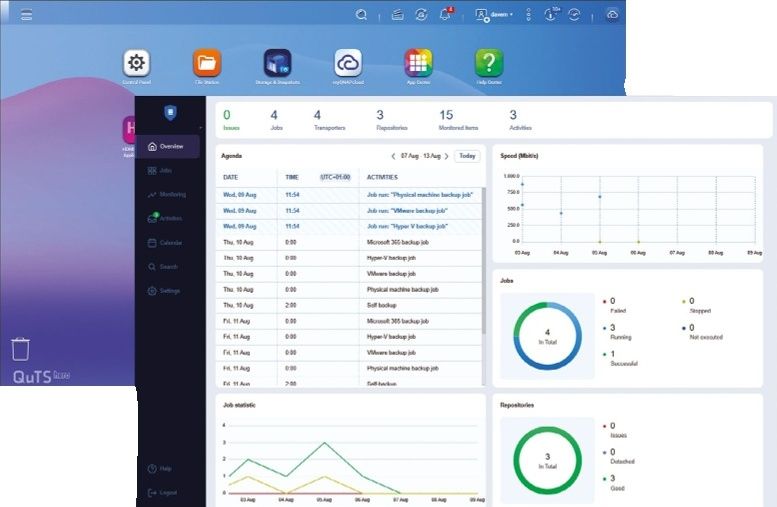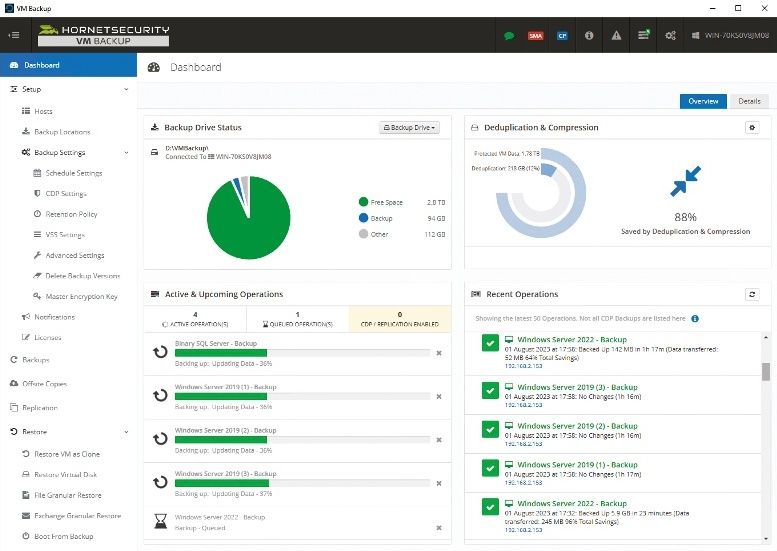Why you can trust TechRadar
Chromecast finally gives Android owners an official media-relay option that broadcasts content from their smartphones and tablets to a TV in similar way to Apple's AirPlay technology. That it works across Android, iOS, PC and Mac is even better.
There's a "Cast" button that's usually built into the top right of all of the compatible mobile apps - it looks like a rectangle with broadcasting bars (like a Wi-Fi symbol) in the corner.

It's easy to recognise, despite Android being full of similar rectangles these days (and Apple's AirPlay symbol being somewhat similar).
Tap the "Cast" button and you'll be offered a list of Chromecast devices on your network, so just choose which one and you'll see the screen spring into life, loading the video or audio content you selected.
The app then becomes a remote, basically, enabling you to control the screen. Some apps even give you a custom screen on the device, ditching playing the video there as well in favour of big buttons for controlling playback easily.
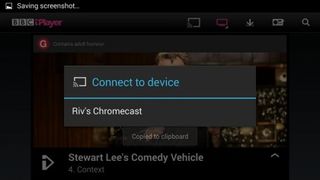
Video quality is great from most online sources - YouTube in HD looks as good as you'd hope. We did encounter some freezing issues towards the end of a video, but pausing and restarting got us back in action.
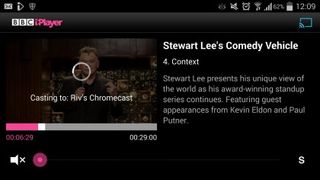
Most of the time, when you send video over to the Chromecast, it picks up quickly. Generally, once you've started playing a video, you can exit the app and start doing other things - and this applies both to mobile and desktop.
This means Chromecast can act as a second screen in a couple of cases, particularly when used with desktops, letting you browse the internet or do something else on the computer while a tab with your Gmail, Twitter feed or a video is running in a "casted" background on the big screen.
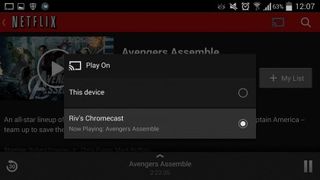
However, it's not suitable as a second screen option for work; it's just a mirror of something you've already got open, so if you want to interact with it, it needs to be done on your main computers screen. There's also noticeable two-second lag between the computer and the TV.
That's a similar amount of consistent lag experienced when using Apple AirPlay mirroring on a Mac computer, but it is at least consistent - it doesn't suddenly hang or get choppy, for the most part.
But here's where AirPlay mirroring from a Mac shows up Chromecast's limitations: the browser extension is just that - browser-based.
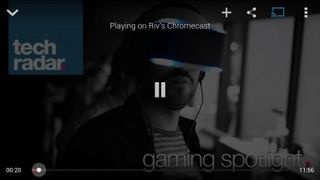
Showing off a photo you retouched in Photoshop, a document you want a group to proofread in Word, or any program outside of the Chrome browser tab you're casting requires diving deeper into an options menu for a hidden command that's deemed "experimental" by Google.
It's buggy and slower than Apple TV's full computer mirroring. Chromecast is not meant for mirroring system-wide applications - at least not yet.
App limitations
The Chromecast tab extension is also limited to Chrome at the moment and may never work outside of the Google-owned browser. That means FireFox, Internet Explorer, Safari and Opera users are out of luck if they had hoped to "Cast" using their favorite browser.
While Google has opened up the Chromecast API for building applications, it's still forcing everyone to use Chrome for tab casting from a computer.
Chromecast also doesn't require an entire Apple TV device to sit in your entertainment console or force you to wire up with a lengthy power, HDMI and optional Ethernet cable.
Its plug-and-play nature means that it can be transported much more easily and fit into a backpack to carry to a school presentation or business meeting (we used Apple's iCloud version of Keynote to show a presentation from a Chrome tab), hotel room, or friend's TV. That flexibility may be worth its inexpensive price alone.
There is one potential of inflexibility, though. The total lack of built-in apps or direct method of control (such as a dedicated remote) means that if your device runs out of battery or is in another room, you can't play anything.
We had a few little niggles, such as a photo-casting app that forgot the Chromecast after each use and had to hard quit and restarted.
Most of these are probably up to developers to fix, though, and as things mature, we expect they'll improve.
